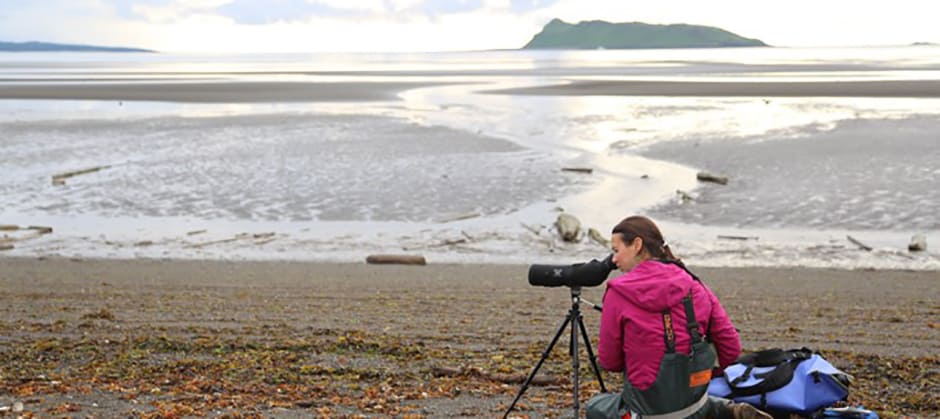Share this article
Wild Cam: Brown bears prey on sea otters on Alaskan islets
Researchers working in Alaska’s Katmai Coast have discovered a surprising new interaction between mammals on small islands off the coast: grizzly bears are preying on sea otters.
This first-of-its-kind discovery reveals the types of relationships that may have occurred centuries ago in healthy coastal ecosystems, before hunting animals for fur took a large toll on sea otter population.
“Bears are really opportunistic — if they can scavenge or kill something they’ll take it,” said Grant Hilderbrand, a researcher with the U.S. Geological Survey’s Alaska Science Center.
Enlarge
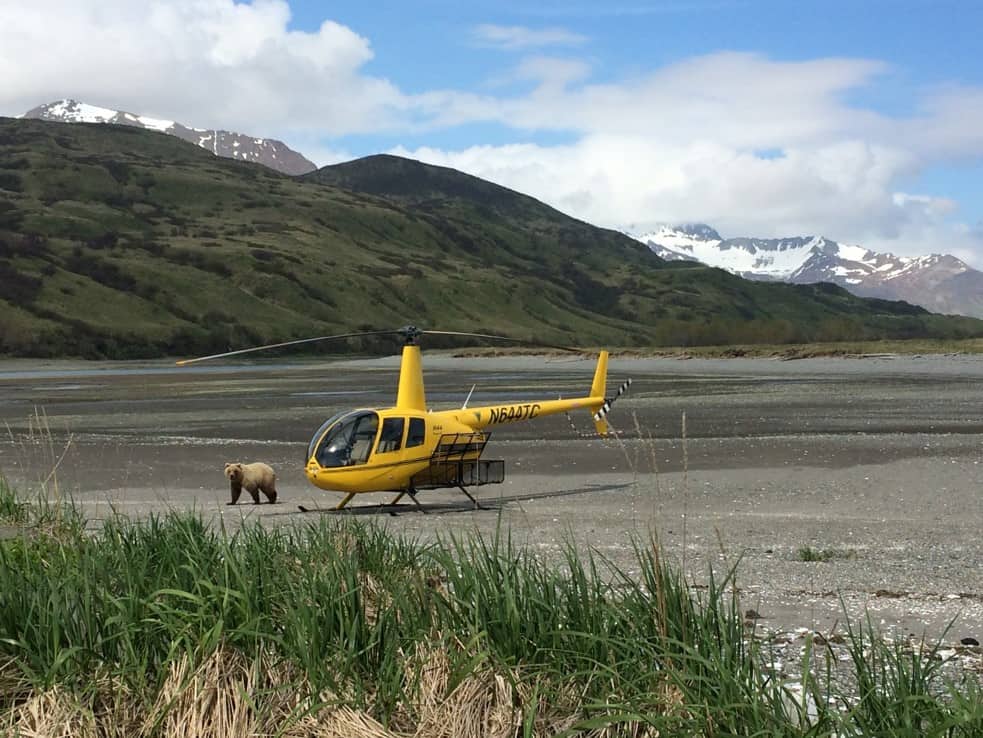
Credit: USGS
Hilderbrand and his colleagues discovered this relationship after flying by helicopter into small islets off the coast of Katmai National Park to recover GPS collars they’d placed on several grizzlies that spent time in the region and sometimes swam out to small rocky islets.
Enlarge

Credit: USGS
It didn’t take long to suspect something was up. As brown bear (Ursus arctos) researchers, Hilderbrand and his colleagues were familiar with the appearance of bear scat. But this scat looked unusual. Scattered around the ground they saw skulls and fresh carcasses of northern sea otters (Enhydra lutris kenyoni).
Enlarge
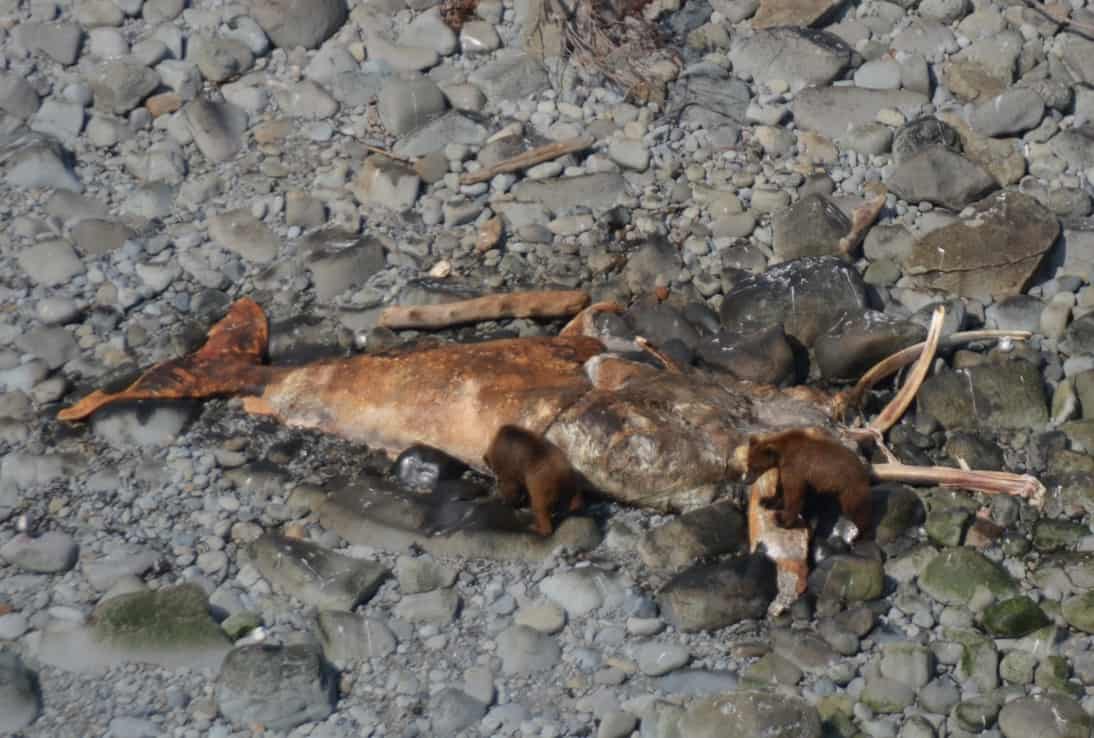
Credit: USGS
It still wasn’t clear what had happened, though. Grizzlies are known to scavenge whales that wash ashore, as in the photo above. Maybe they just took advantage of sea otters carcasses they came across.
Enlarge
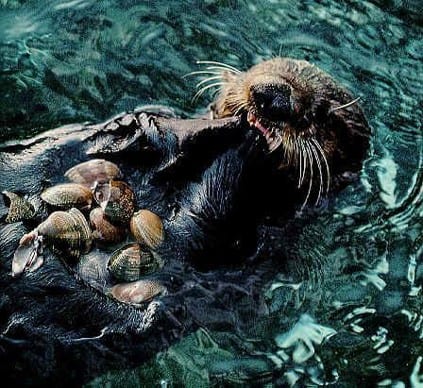
Credit: USGS
Sea otters had been extirpated from the area due to fur harvesting. Just 20 years ago, the area was still relatively otter free, Hilderbrand said. But the marine mammals moved back in as they began to recolonize parts of their old range up and down the coast. In some areas, they find a bonanza of clams to feed on.
“They show up, there’s all this food available, they eat and eat and breed,” Hilderbrand said while presenting the ongoing research at the 2019 Joint Annual Conference of the American Fisheries Society and The Wildlife Society.
Enlarge
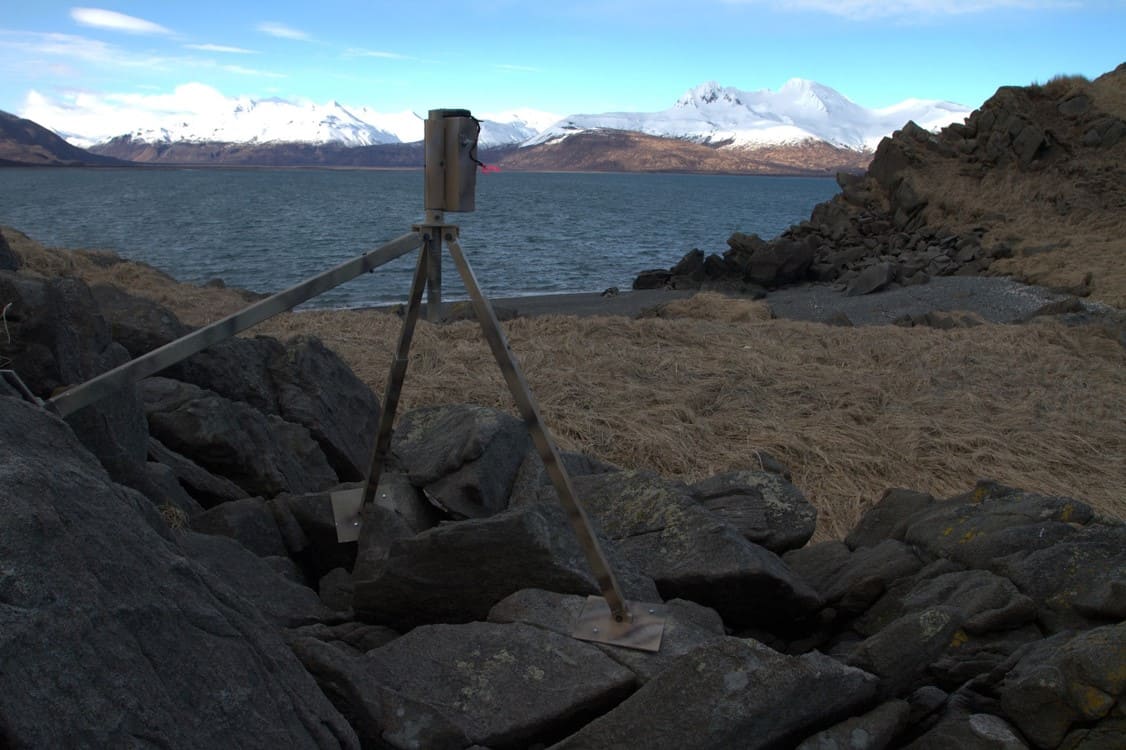
Credit: USGS
But bears also have been known to feed on clams in this area. Did the sea otters devour so many clams, the grizzlies turned to prey on the otters instead? To figure out what happened, the researchers contacted sea otter scientists and placed trail cameras on the island. They also equipped some brown bears with camera collars to follow the action more closely.
Enlarge
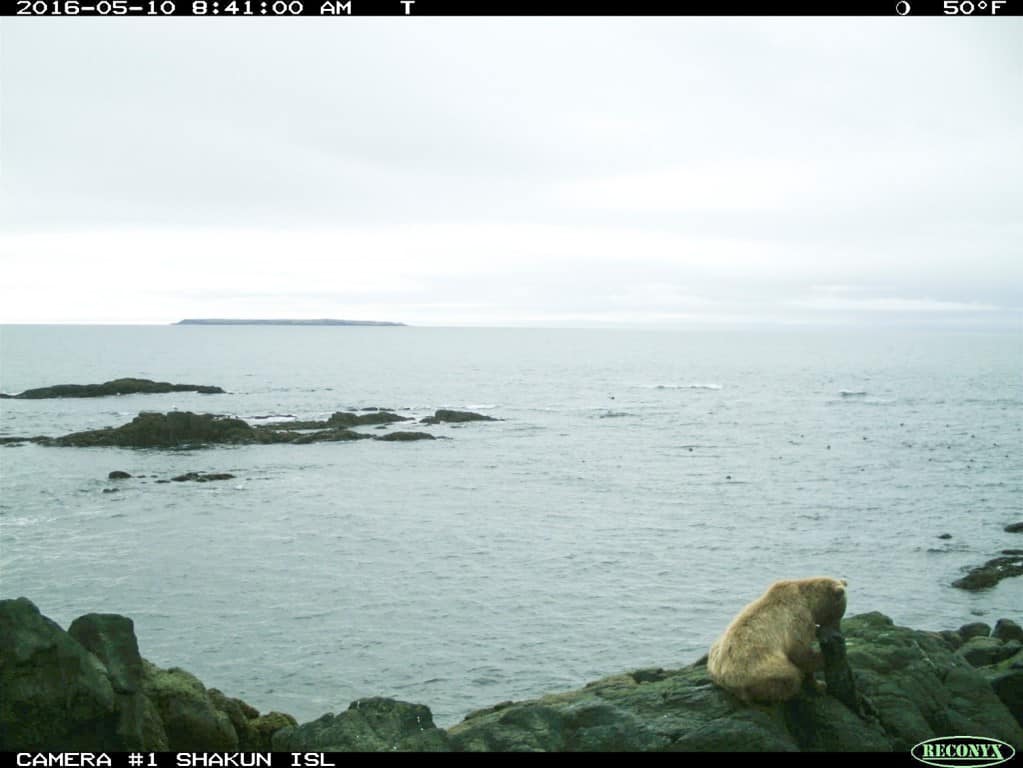
Credit: USGS
Trail camera photos like the one above, and direct observation by researchers, eventually confirmed what the researchers suspected. For the first time ever documented, that bears were killing sea otters. Cameras captured footage of as many as ten different grizzlies occupying the islands they monitored and occasionally supplementing their diet with sea otters. Further monitoring and research suggested that about 10 bears were occasionally supplementing their diet with sea otters.
“It was something honestly that surprised us, too,” Hilderbrand said in an interview.
Enlarge
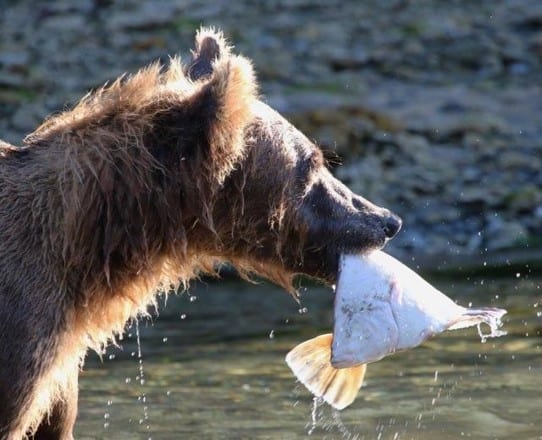
Credit: USGS
Researchers still aren’t sure about all the factors that may impact the relationship between bears and sea otters. The lack of clams could play a role, but other factors, like changes in salmon numbers, may also impact food availability for bears.
While sea otters are considered threatened under the U.S. Endangered Species Act, Hilderbrand doesn’t think that the predation of otters by brown bears in this area is impacting their overall population or recovery.
“If you’re the otter that gets caught, it’s a bad deal, but [it’s] probably not much of a concern from a population level,” he said.
“With the bears and otters, historically they both were present,” Hilderbrand continued. “That’s returning to something that’s more characteristic of the way it was before the fur trade.”
More concerning is climate change, which is causing other massive changes to the ecosystem such as the availability of salmon and seabird die-offs, Hilderbrand said. But the recolonization of the area by sea otters has brought other benefits to the area such as the return of kelp forests prompted by the removal of kelp-eating mollusks and sea stars.
“It’s still an evolving story for us,” he said.
Enlarge
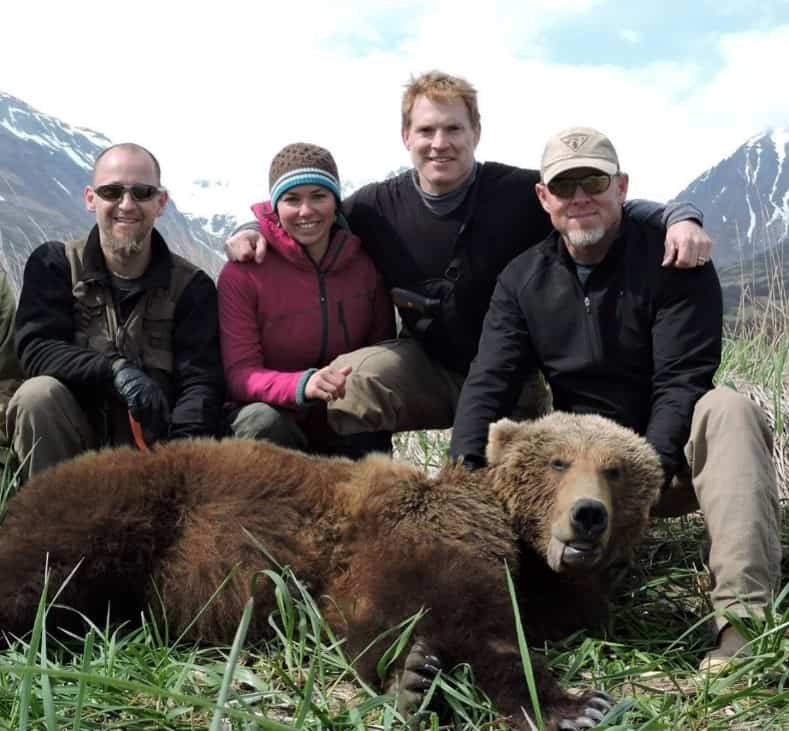
Credit: USGS
This photo essay is part of an occasional series from The Wildlife Society featuring photos and video images of wildlife taken with camera traps and other equipment. Check out other entries in the series here. If you’re working on an interesting camera trap research project or one that has a series of good photos you’d like to share, email Joshua at jlearn@wildlife.org.
Header Image: Researchers watch for bear activity on the Katmai Peninsula in Alaska. Credit: USGS



